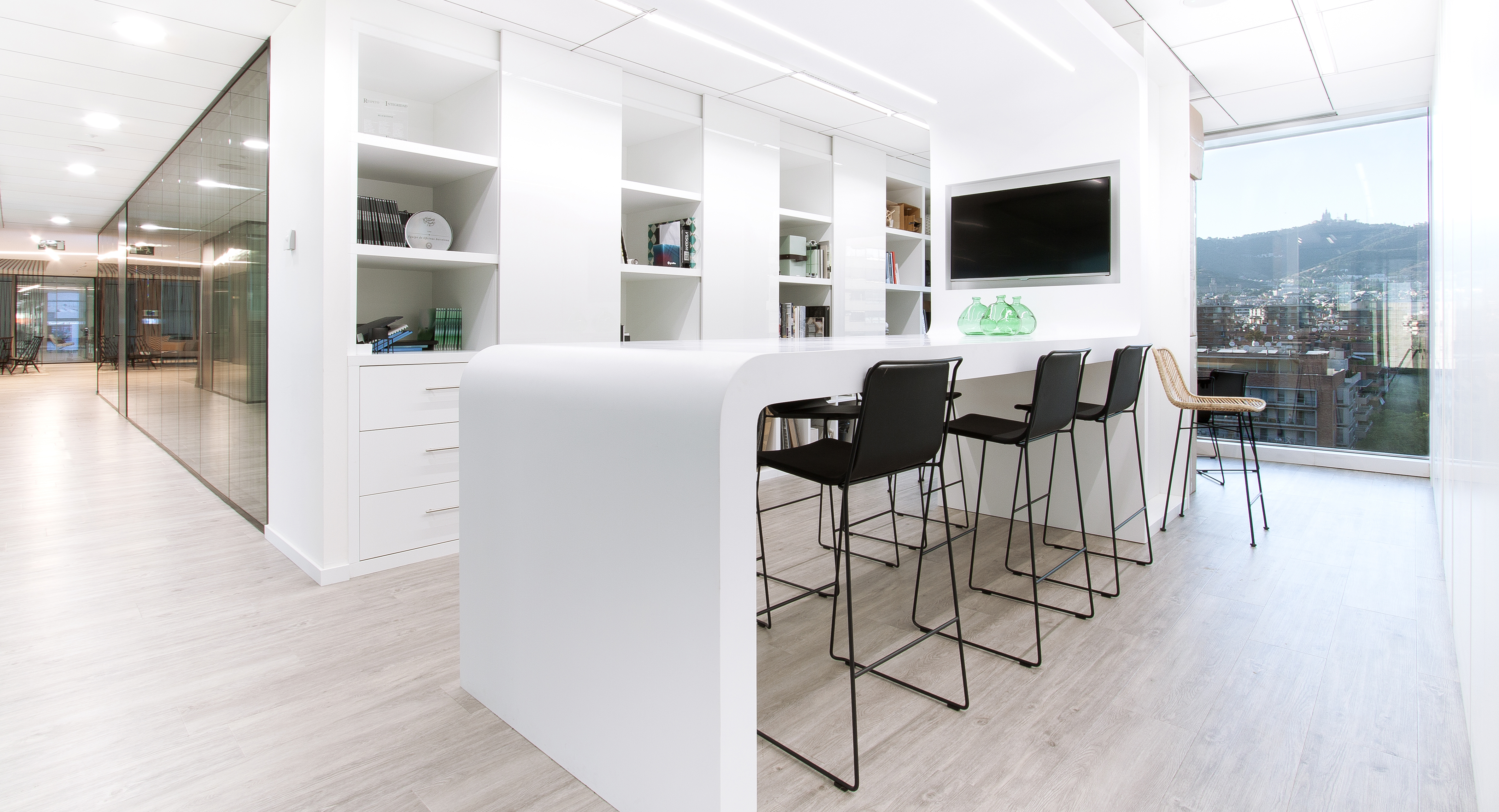21 September 2020 |
The Hybrid Office: Merging the Physical & Digital Worlds. Perspectives on The Way Forward
When CBRE released its forward-looking thought leadership piece on Real Estate 2030: The Age of Responsive Real Estate in mid-March, just as the global economic lockdown dramatically changed the ways in which businesses operate, little did we know how quickly many of our predictions would come true.
The normally slow process of adapting to new trends in employee work preferences, consumer buying patterns and business operations was radically sped up to combat the COVID-19 pandemic. After all, necessity is the mother of invention.
From a work perspective, our predictions of a much more mobile workforce by 2030 are already here. The office-using business ecosystem instantly became dependent on home offices, mobile devices, video conferencing, messaging apps and the internet to remain solvent. But along with this success have come some very real challenges brought on by the collision of personal and professional life taking place under one roof.
In the long-term, employees may feel less tethered to the physical office, but it will still play a significant role in maintaining a culture of belonging, collaboration and innovation.
Pre-COVID, the rise of flexible office spaces and modern, experience-driven workplace environments was a huge shift from the traditional real estate model. But this transformation was adopted by only the most progressive developers, landlords and companies as the way of the future. As they emerge from COVID lockdown, workers likely will vote with their feet and choose places to work that offer new choices and spaces to cultivate their creativity, increase their productivity and most importantly improve their health and wellness. This transformation will become more critical than ever for companies to remain competitive by harnessing the power of the physical workplaces that mesh seamlessly with the digital world.
Some ways in which the intersection of the physical and digital worlds likely will impact the physical workplace include:
- The headquarters location likely will be less dense, with a greater emphasis on shared collaboration space rather than dedicated individual space. Activity-based workplaces will become even more in vogue. Higher-quality build-outs with the finishes, furnishings, technology and amenities that draw employees into the workplace will be more commonplace. Desk sharing will be integral to satisfy a more mobile workforce that uses the office on a part-time basis, while promoting cost efficiency.
- Conference rooms will be designed to create productive environments for in-person and remote workers to engage productively and on a level playing field. There will be tech-enabled rooms of all sizes with intuitive tools that allow participants to seamlessly connect and collaborate virtually and effectively. Telephone-only conferencing will no longer suffice. Providing meeting participants with the virtual technology to both see and hear each other whether in or out of the office is the way forward.
- Mobile apps to connect employees with one another and to navigate the physical environment will become paramount for effective communication and company culture. These include building layouts and access, space booking, food delivery and adjacent amenities. In short, it will be necessary to offer employees the same things they have in the palm of their hands in their personal lives.
- Portfolio strategies could become less centralized, providing more locations to satisfy the needs of a more mobile workforce. Creating a network of locations that are easy to access and evoke a feeling of belonging and familiarity for transient guests will be integral to future portfolio strategy. A premium value likely will be placed on flexible space options as a portion of this strategy. Pay-as-you-go “desk pass” systems may be more commonplace in the future.
Office occupiers are sitting squarely at the increasingly important intersection of the physical and digital worlds and must develop strategies that effectively merge them to shape the future of how people interact with the workplace.


